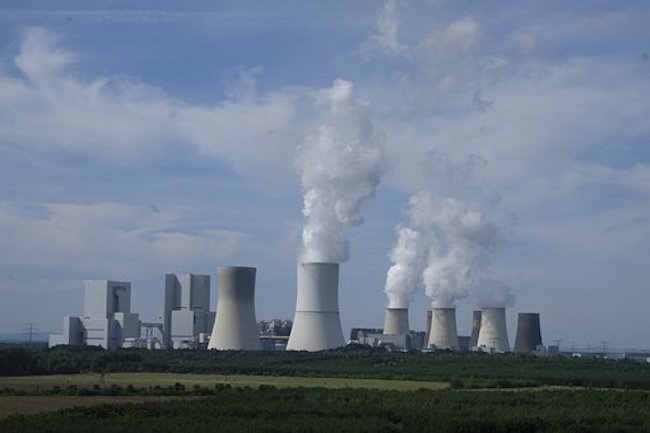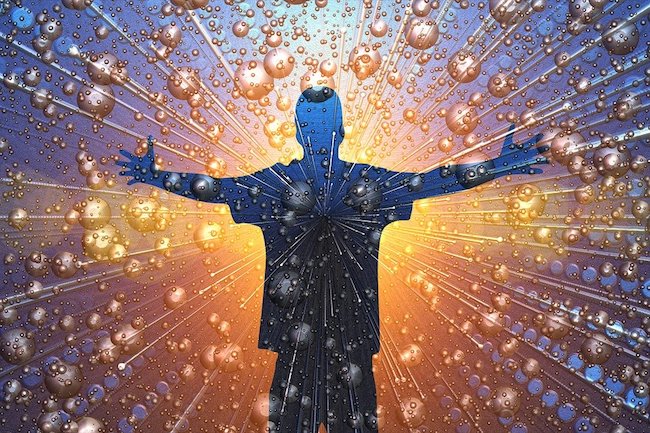Fukushima Radiation Contaminated EVERYONE on Earth – But How Much? by for Natural Society
The Fukushima Daiichi nuclear plant in the Fukushima prefecture of Japan was hit by first a massive earthquake, then a devastating tsunami, on March 11, 2011. It was immediately recognized as one of the worst nuclear accidents in world history, alongside Chernobyl and Three Mile Island. According to a team of scientists, the radiation spewed by the crippled plant affected every person on earth. But don’t panic – you got only about a single X-ray’s worth. [1]
To be sure, the less radiation you have over your lifetime, the better. There is no “good” nuclear radiation. Still, considering how touch-and-go the situation has been and continues to be (fire crews finally extinguished a 12-days-long wildfire in Fukushima’s no-go zone, sparking fresh radiation fears), you and I are pretty fortunate to have gotten away with so little damage.
According to the results of a global survey of the disaster’s effects, conducted by a team of scientists from the Norwegian Institute for Air Research, the average person received about 0.5 millisieverts of radiation from the accident. Those who lived in the immediate vicinity of the Fukushima Daiichi plant received about 1 to 5 millisieverts. Radiation sickness develops at approximately 1,000 millisieverts. [1]
Thousands upon thousands of people died as a result of the earthquake and subsequent tsunami; but, shockingly, no one died as a direct result of the explosion in Reactor No. 1 and meltdown that occurred in a total of three of the plant’s reactors.
The main source of the radiation was the radioactive element cesium-137.
Nikolas Evangeliou, a member of the research team, said:
“More than 80 per cent of the radiation was deposited in the ocean and poles, so I think the global population got the least exposure. What I found was that we got one extra S-ray each.” [1]
On average, Americans get about 6.2 millisieverts per year, according to the U.S. Nuclear Regulatory Committee. The majority of that radiation comes from natural background radiation, or naturally occurring sources such as radon in the air and in cosmic rays. The rest comes from medical procedures, industrial sources, and other man-made sources. [1]




